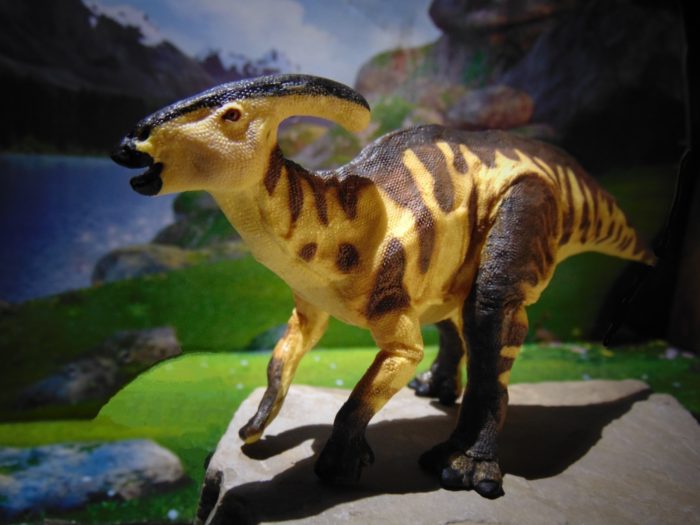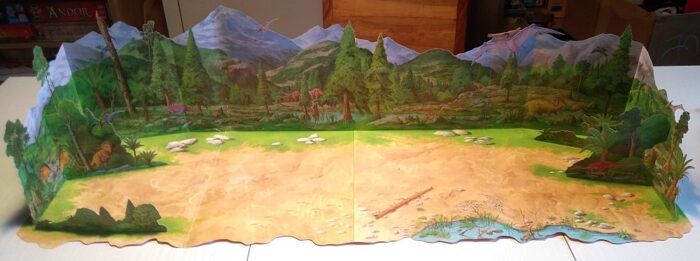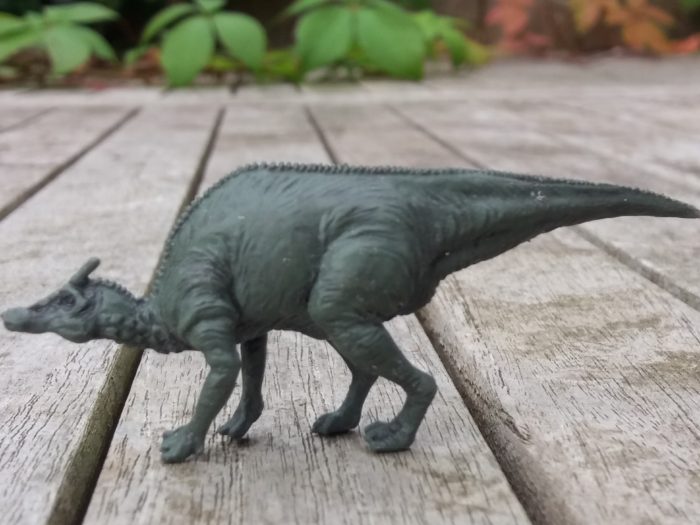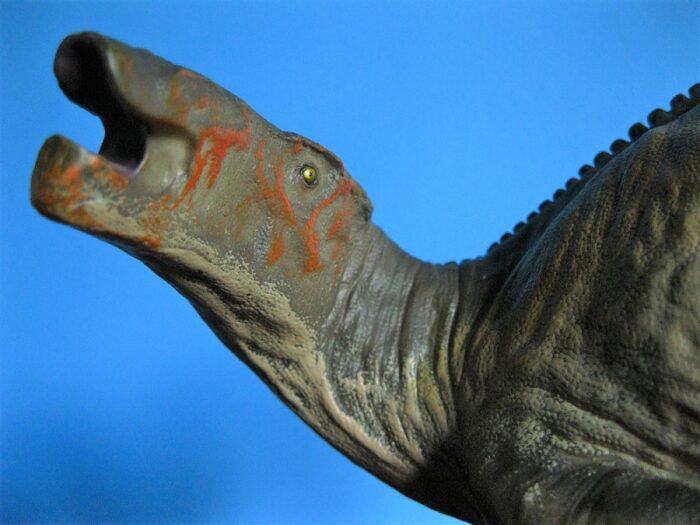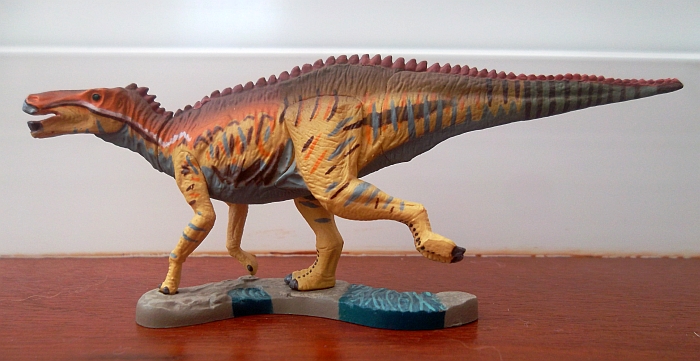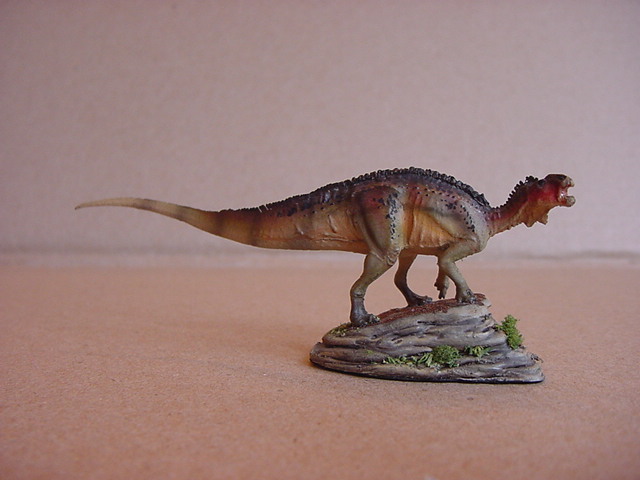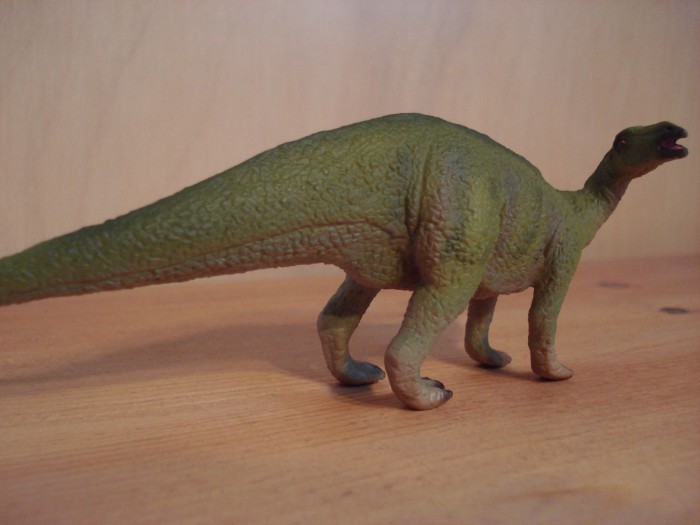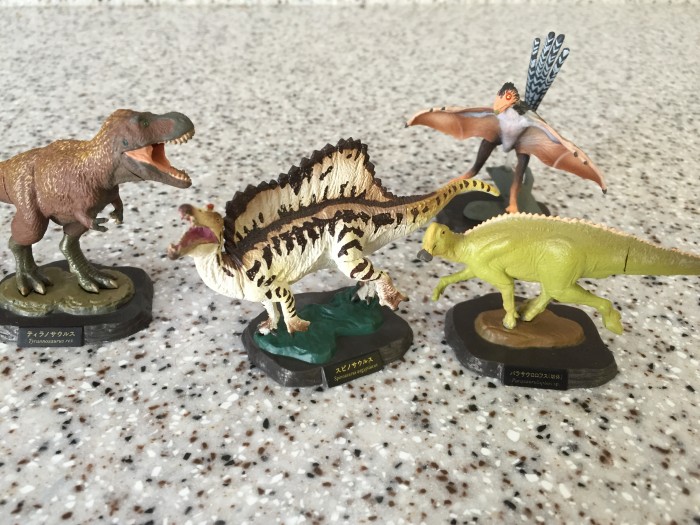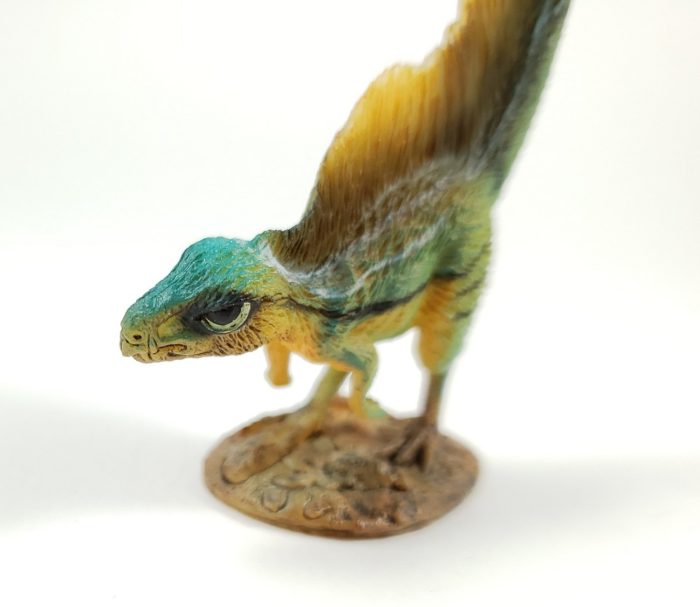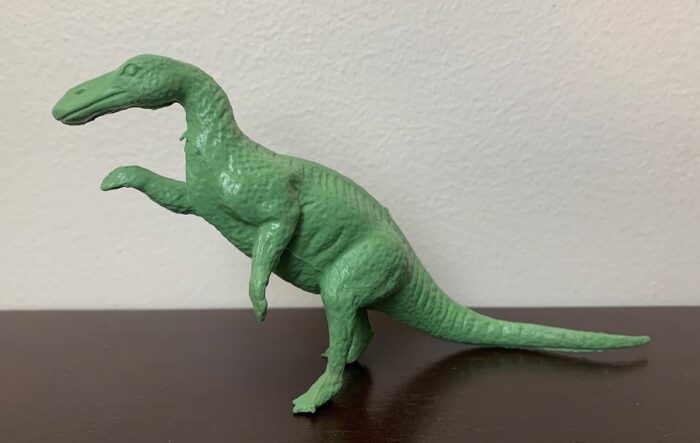First impressions can be entirely wrong .
When I first saw a picture of the 2017 Safari Ltd. Parasaurolophus, I didn’t think very highly of it. In the stock photo from Safari’s website, I thought it looked rather plain and uninteresting.
Review: Parasaurolophus 2017 (Wild Safari, by Safari Ltd.)
